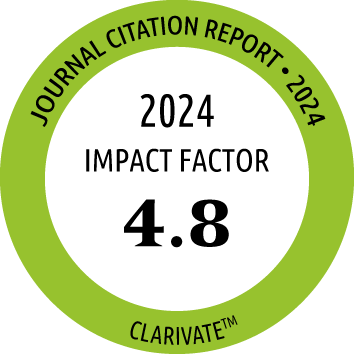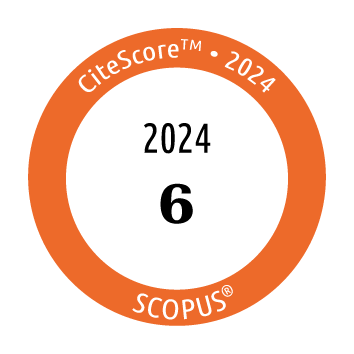Return to content in this issue
Adrenaline: A Lifeline for Rapid Drug Desensitization in Hypersensitive Patients
Gil-Serrano J1,2,3, Galvan-Blasco P1,2,3, Pereira-Gonzalez J1,2,3, Salvany-Pijuan A1, Gonzalez Di-Paolo M1, Guilarte M1,2,3, Luengo O1,2, Sala-Cunill A1,2, Cardona V1,2,3, Labrador-Horrillo M1,2,3
1Allergy Department. University Hospital Vall d’Hebron, Barcelona, Spain
2Allergy Research Unit, Immune-mediated Diseases Research Group, Vall d’Hebron Research Institute (VHIR), Barcelona, Spain
3Department of Medicine, Universitat Autònoma de Barcelona, Barcelona, Spain
J Investig Allergol Clin Immunol 2026; Vol. 36(2)
doi: 10.18176/jiaci.1075
Background: Chemotherapeutic agents (CMTs) and monoclonal antibodies (mAbs) are common causes of drug allergy, which is often managed using rapid drug desensitization (RDD). Despite its effectiveness, RDD can be hampered by severe breakthrough reactions (BTRs), potentially leading to failure of the procedure.
Objective: To evaluate the usefulness and safety of adrenaline infusion (AI) as an adjuvant during RDD in patients who experience severe drug hypersensitivity reaction (DHR) during standard desensitization protocols.
Methods: Retrospective observational study, analyzing data from patients who underwent RDD to CMTs or mAbs in a tertiary hospital from January 2015 to June 2024. We included patients who required AI to safely achieve RDD after a severe initial DHR or failure of a standard RDD protocol due to repeated DHRs. Comorbidities, adrenaline doses, and adverse events (AEs) were assessed.
Results: RDD with AI was administered in 42 patients. Of these, 77% (n=32) were women, and the mean age was 57 years. The most frequently involved drugs were platinum salts (58%), mAbs (26%), and taxanes (14%). A total of 151 RDDs were performed with AI. Skin tests were positive in 69% of patients. The most frequent initial BTR (65%) was moderate or severe anaphylaxis. The most common AEs induced by AI were tremor (14%) and tachycardia (7%), which resolved after reducing the AI infusion rate. The median (IQR) cumulative dose of adrenaline administered throughout the RDD procedure was 0.76 mg (0.4-1.2mg), with a median infusion rate of 8 mL/h (4- 15ml/h), and median maximum AI rate of 3.33 μg/min (2-5.3 μg/min).
Conclusions: AI is a useful and safe therapeutic tool for selected high-risk desensitization procedures, mitigating severe DHR with mostly minor AEs.
Key words: Adrenaline infusion, Chemotherapy, Drug hypersensitivity reactions, Monoclonal antibodies, Rapid drug desensitization
| Title | Type | Size | |
|---|---|---|---|
 |
doi10.18176_jiaci.1075_supplemental-materials-table.pdf | 305.49 Kb |




